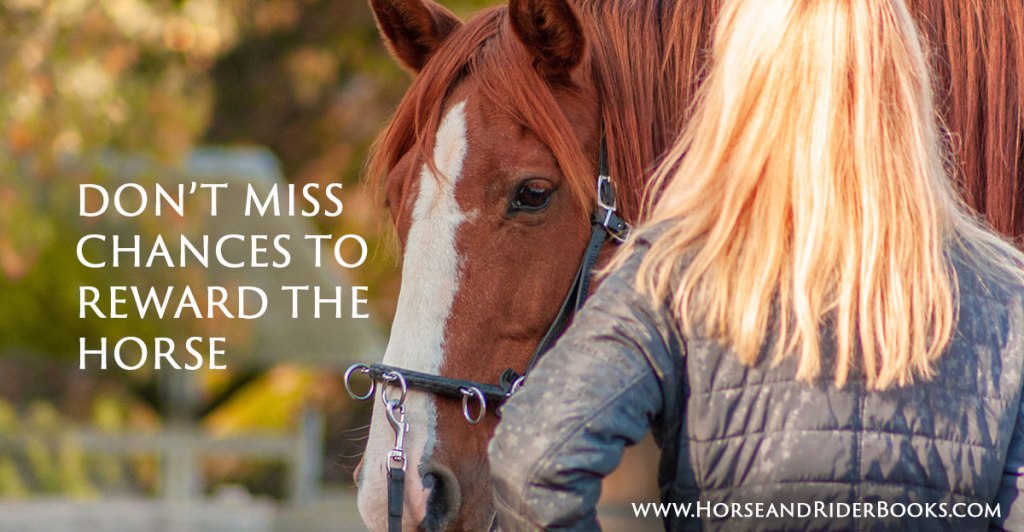Horsemanship of every kind depends on mutual interaction between equine and human brains. When we understand the function of both, we can learn to communicate with horses on their terms instead of ours. And, by meeting horses halfway, we not only save valuable training time and improve performance, we achieve other goals, too. We develop much deeper bonds with our horses; we handle them with insight and kindness instead of force or command; we comprehend their misbehavior in ways that allow solutions; and we reduce the human mistakes we often make while working with them.
In her international bestseller HORSE BRAIN, HUMAN BRAIN, brain scientist and horsewoman Janet Jones describes human and equine brains working together. Here she explains one of the challenges we face when training horses because of the way the human brain works: we easily notice presence, not absence.
Bookie is still learning to respect human space and stand quietly while being tacked up. A bay Appaloosa with the perfect sprinkling of white over her croup, she’s only three but has the conformation of an adult champion. She has a world of knowledge to achieve before she can turn a calf, negotiate a bridge, or hop a low hunter course.
Among her errors, Bookie sometimes tries to rub her face against people while being bridled. I don’t want to make a federal case out of this when there are more critical lessons to teach. At least she’s dropping her head and accepting the bit! So, each time Bookie turns to rub, I push her face away gently but firmly. Good training doesn’t punish misdemeanors, but it doesn’t allow them to continue either. For several days, I bridle from the left, she turns and tries to rub, and I push her face back to center. Human brains are designed to notice the presence of her misbehavior.
One day, Bookie holds her face forward while being bridled. In effect, she is asking a question, “Is this what you want?” The horse has been shown the one thing not to do, but she’s not sure which of 10,000 alternate behaviors to offer instead. But because she is offering the absence of misbehavior, the human brain is likely to miss it. We don’t realize we’ve been asked a question, so we don’t reward the filly with a resounding, “Yes!”
Most people assume that the failure to notice Bookie’s effort is merely coincidental, but it’s not. The human brain is designed to perceive presence automatically, but perceiving absence requires time, effort, and attention. This innate brain bias causes us to miss chances to reward a horse when he does well.
Human brains use different brain processes for the two types of search and are biased powerfully in the direction of presence. For this reason, we must train ourselves to identify the absence of misbehavior that horses use when they ask whether they are meeting our expectations.
HORSE BRAIN, HUMAN BRAIN is available from the TSB online bookstore, where shipping in the US is FREE.
CLICK HERE to download a free sample chapter or to order.
Trafalgar Square Books, the leading publisher of equestrian books and videos, is a small business based on a farm in rural Vermont.



